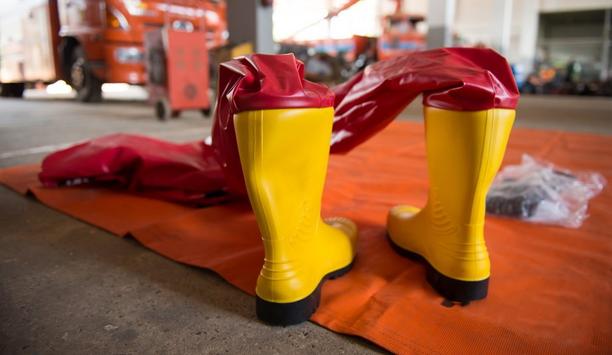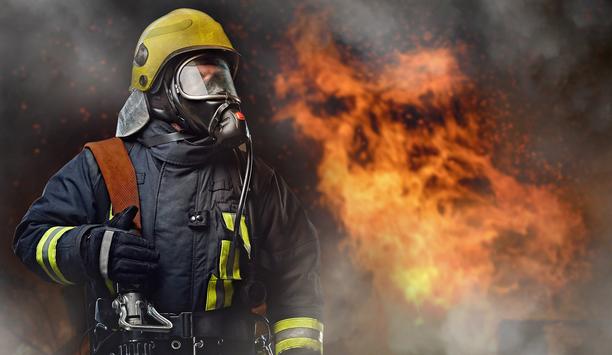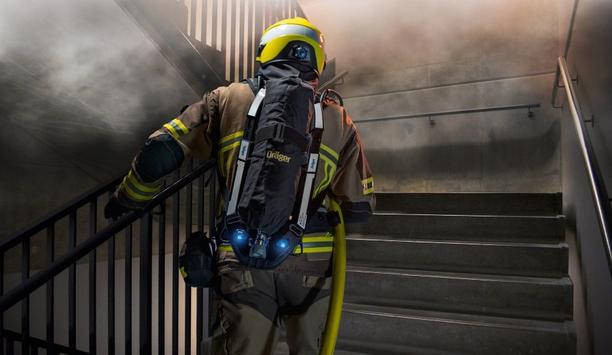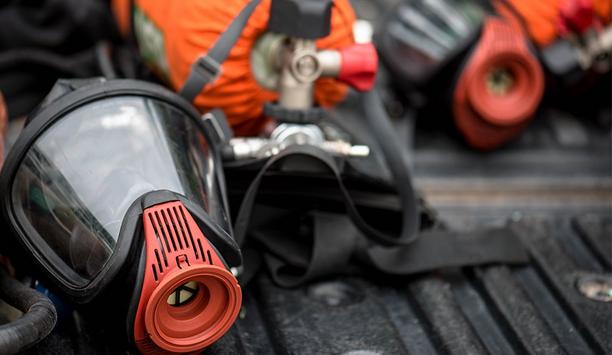Thermal imaging technology can be used for a range of different purposes. Thermal imaging cameras can have a range of uses and formats for detecting different temperatures.
These cameras work by combining heat sensors and a specially adapted lens. This allows the user to efficiently identify regions of excessive temperature.
How do they work?
Any object with a temperature above absolute zero will emit a detectable amount of infrared radiation
Cameras must be fitted with a lens that allows IR (Infrared) frequencies to pass through. Inside the device, there is a special sensor that can turn, detect, and read these rays.
All thermal imaging cameras will come with this equipment as standard. Any object with a temperature above absolute zero will emit a detectable amount of infrared radiation.
Visibility
The higher an object/ person’s temperature the higher the intensity of radiation. When looking at footage of an IR/ thermal imaging camera we are simply visibly seeing these rays. As stated before, the higher the temperature the higher the number of rays.
These cameras can, therefore, ‘’see’’ from extended distances under virtually any light, weather condition, and visibility. Being able to distinguish vehicles, objects, and people with ease.
How can they be used in everyday life?
Used on drones
This feature greatly enhances the capabilities of what the controller of these drones can view and is most optimized by emergency response units and search and rescue teams.
Fire detection
This imaging can be used to both locate survivors through smoke and fog. Can also detect the hotspots or presence of still-burning fires.
The police when searching for someone
These cameras can accurately detect and help the police to follow a suspect
Whether the police are looking for a runaway criminal or looking for a missing person, these cameras will most commonly be used from a helicopter in the air.
Someone hiding or running through an area at night where the naked eye would not be able to see, these cameras can accurately detect and help the police to follow a suspect.
Wildlife photography and animal tracking
Environmental monitoring, wildlife tracking, and photography can all find thermal imaging useful.
For animals that are nocturnal, hard to track, or small, these cameras can be set up and unmanned to monitor this usually hard-to-spot wildlife.
Marine cameras
For boats, thermal imaging can be used to see other boats and big sea life below the surface. Thermal imaging to see other boats is particularly helpful when there is fog or bad visibility.
CCTV
With thermal imaging, no person or animal is going unseen
For vulnerable areas where a normal CCTV camera may not be able to see movement very well i.e. there are hedges and foliage around the perimeter of the property.
With a CCTV or IP CCTV camera, someone dressed in black or camouflage could go unnoticed in these areas. With thermal imaging, no person or animal is going unseen.
Temperature screening
Through the pandemic, there has been a shift in the health and safety precautions of many places we used to visit regularly.
Temperature screening is a very popular and useful way to screen guests, visitors, and staff to help ensure that they are fully healthy.
Available thermal imaging cameras
Thermal CCTV cameras used for security
Thermal cameras use an object’s heat to capture images. This means they can capture clear footage 24/7 regardless of any factors including light or weather such as fog.
Thermal CCTV cameras used for fire detection
Being able to visually see and be alerted when an area or object is getting particularly hot, users can address a situation
These cameras are constantly measuring and monitoring IR rays. Using these cameras, users can help catch and prevent fires from happening before they occur.
Being able to visually see and be alerted when an area or object is getting particularly hot, users can address a situation before a fire occurs.
Free standing temperature screening devices
Users may have seen a range of these devices when visiting an office, shop, or restaurant in the last 18 months. These devices have become extremely popular in high-traffic spaces.
Using a temperature screening device, users can:
- Prevent people from entering the premises should they have an elevated temperature
- Potentially catch early signs of COVID-19
- Measure skin temperature within 0.5-degree accuracy
- Measure skin temperature within seconds
- Measure skin temperature from up to 3 meters away
- Add customizable prompts such as ‘please wear a mask’






